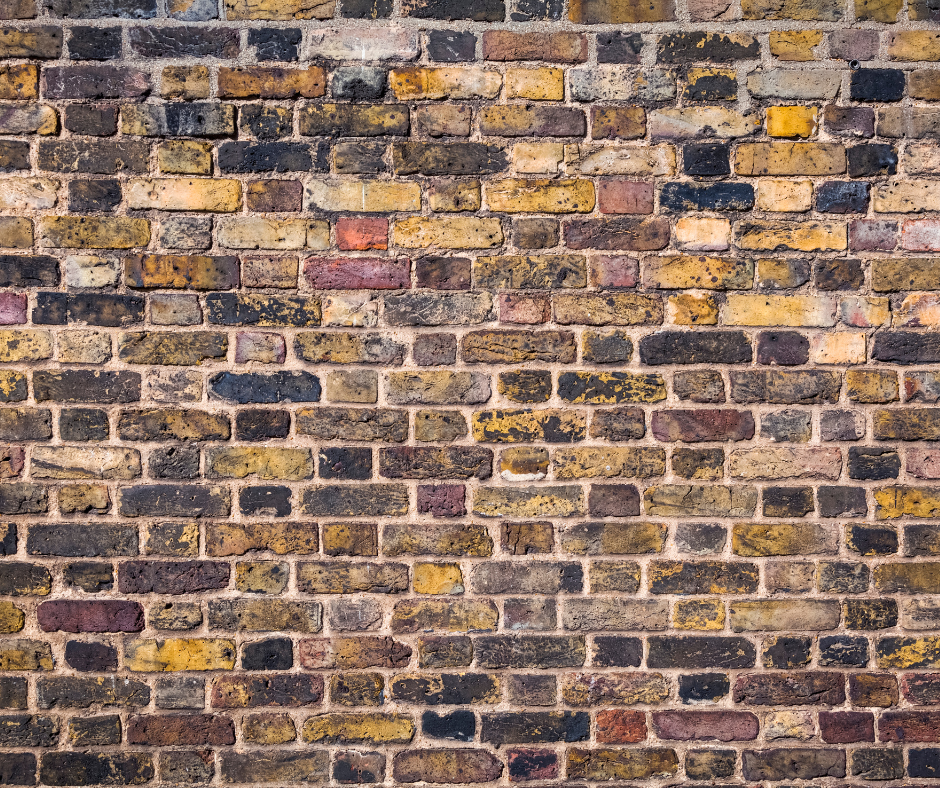Types of bricks
Understanding Different Types of Bricks and Their Applications
Bricks have been a fundamental building material for centuries, revered for their durability, versatility, and aesthetic appeal. However, not all bricks are created equal. In fact, there’s a diverse range of brick types, each with unique properties suited to specific applications. Whether you’re constructing a new home, renovating a historic building, or working on a landscaping project, choosing the right type of brick is crucial.
Let’s Delve into some of the most common types of bricks and when to use it:
Common Bricks

Common bricks, also known as clay bricks or red bricks, are the most traditional and widely used type. These type of bricks are made from fired clay and typically have a reddish-brown hue due to the iron content in the clay. Common bricks are suitable for various construction purposes, including walls, pavements, and landscaping features. They offer good durability and insulation properties, making them ideal for both indoor and outdoor applications.
Engineering Bricks
These type of bricks are engineered to withstand high levels of pressure and are often used in structural applications where strength and durability are paramount. These bricks are manufactured at higher temperature’s than common bricks, resulting in a denser and less permeable structure. The are commonly used in load-bearing walls, foundations, and areas subjected to extreme weather conditions or heavy loads.

Facing Bricks

Facing Bricks are designed for aesthetic purposes. These type of bricks come in different colours, textures, and finishes, allowing for endless design possibilities. While facing bricks may not have the same strength as engineering bricks, they are perfect for creating visually appealing facades, decorative accents, and feature walls. they can be used in combination with other types of bricks or building materials to achieve a desired look.
Facing Bricks
Another name for fire bricks, is refractory bricks. These type of bricks are specially designed to withstand high temperatures without deforming or cracking. They are used in fireplaces, kilns, furnaces, and other heat-intensive applications. Fire bricks are typically made from special clay or a blend of clay and other refractory materials giving them excellent thermal resistance. When constructing fireplaces or ovens, it’s crucial to use fire bricks to ensure safety and longevity.

Perforated Bricks

Perforated bricks are characterized by holes or perforations throughout their structure. These voids help to reduce the weight of the brick while improving its thermal and acoustic insulation properties. Perforated bricks are commonly used in non-load-bearing walls, partitions, and infill panels. They provide good ventilation and moisture management, making them suitable for areas with high humidity levels.
Clinker Bricks
Clinker bricks, also known as Dutch bricks or hard-burnt bricks, are distinctively irregular in shape and often have darker, variegated colors. They are produced by overfiring regular clay bricks, resulting in a vitrified surface that is highly resistant to weathering and abrasion. Clinker bricks are prized for their rustic charm and are commonly used in heritage restoration projects, as well as in contemporary designs seeking a vintage aesthetic.

When selecting bricks for your construction project, it’s essential to consider factors such as structural requirements, aesthetic preferences, climate conditions, and budget constraints. Consulting with a professional architect or builder can help you make informed decisions and ensure the optimal use of brick materials. Whether you’re aiming for timeless elegance, structural integrity, or thermal efficiency, there’s a type of brick suited to your needs. By understanding the characteristics and applications of different brick types, you can create enduring and beautiful structures that stand the test of time.
